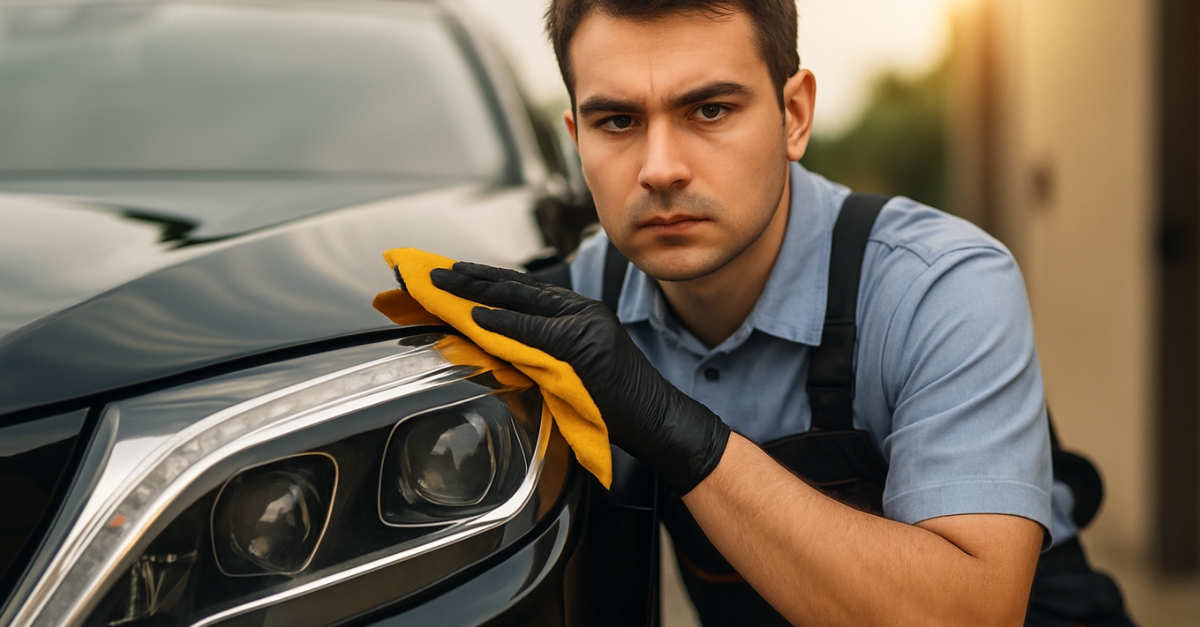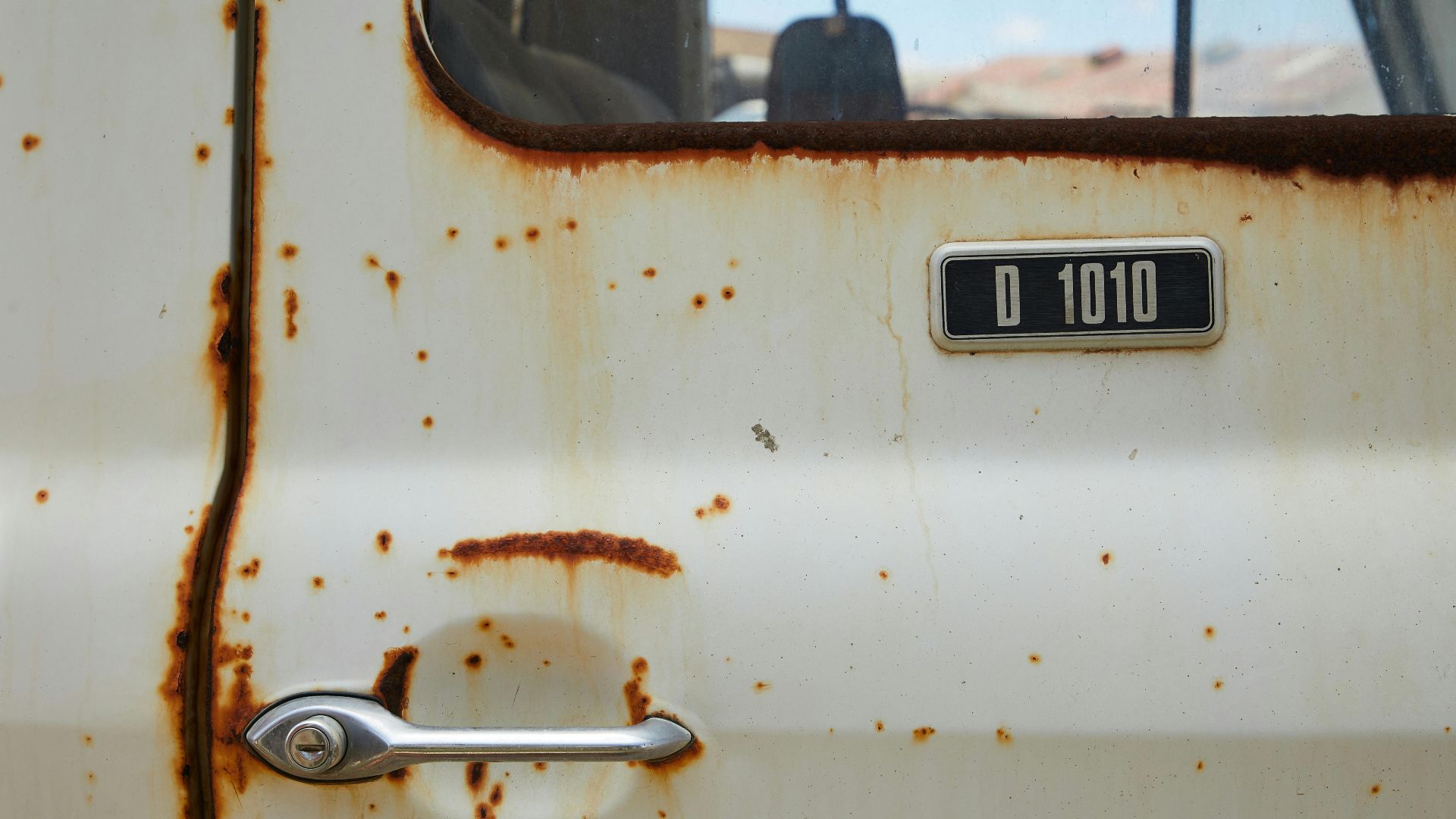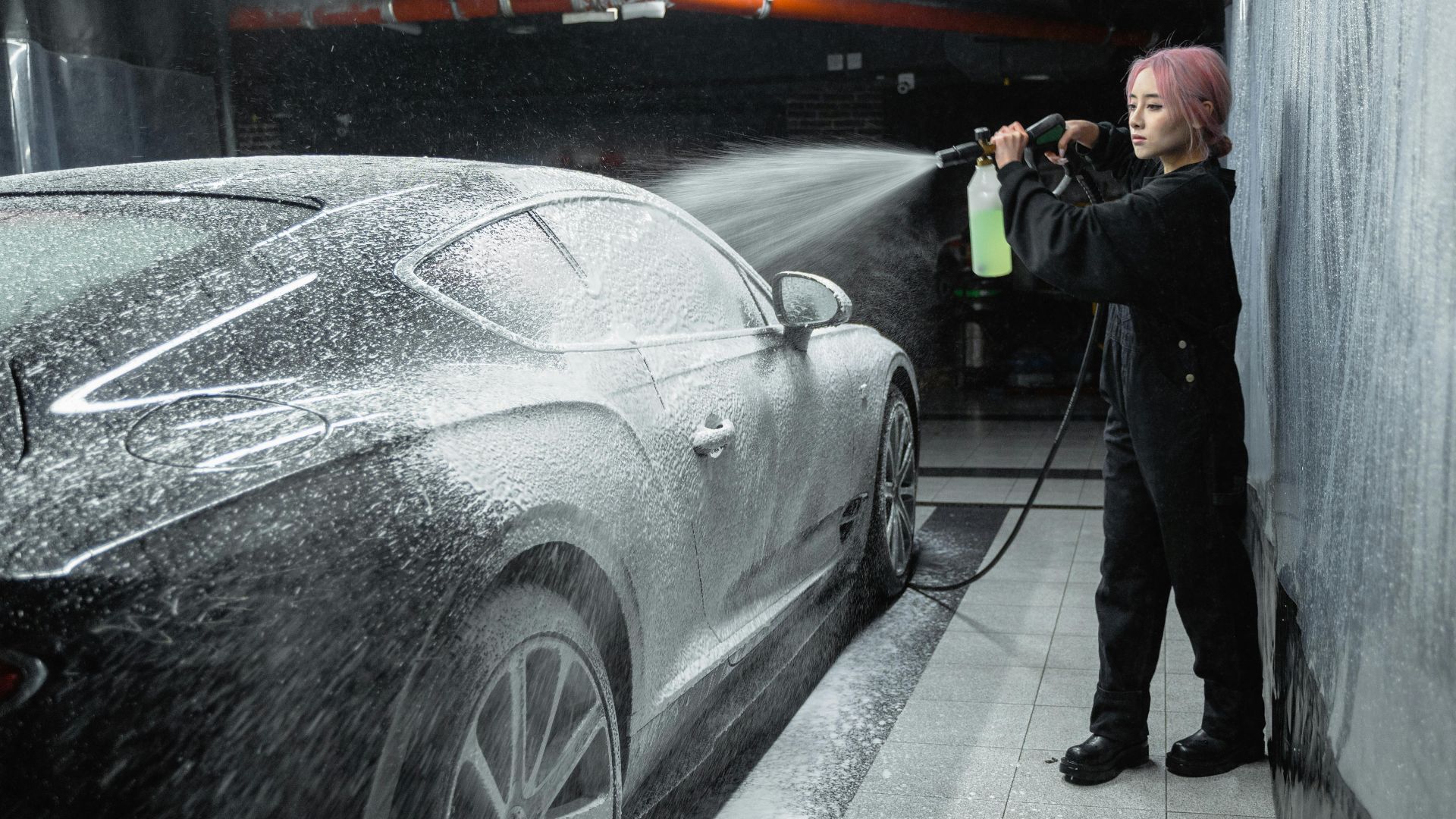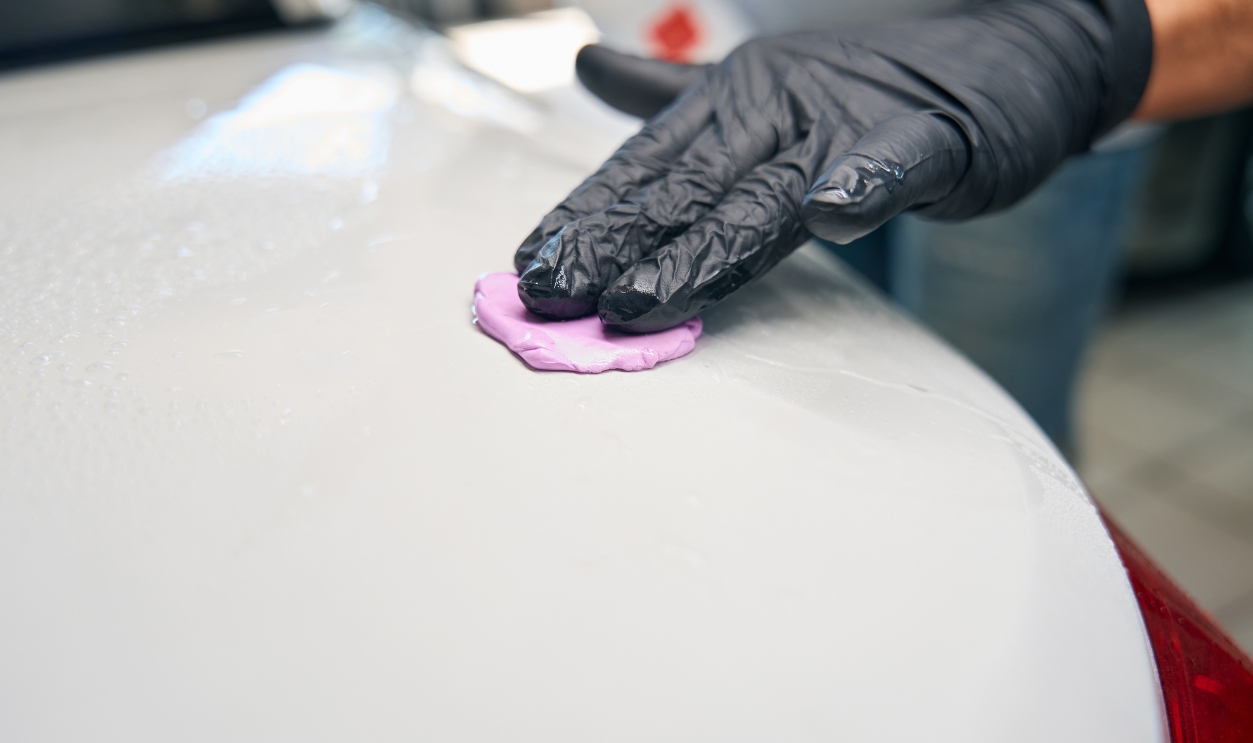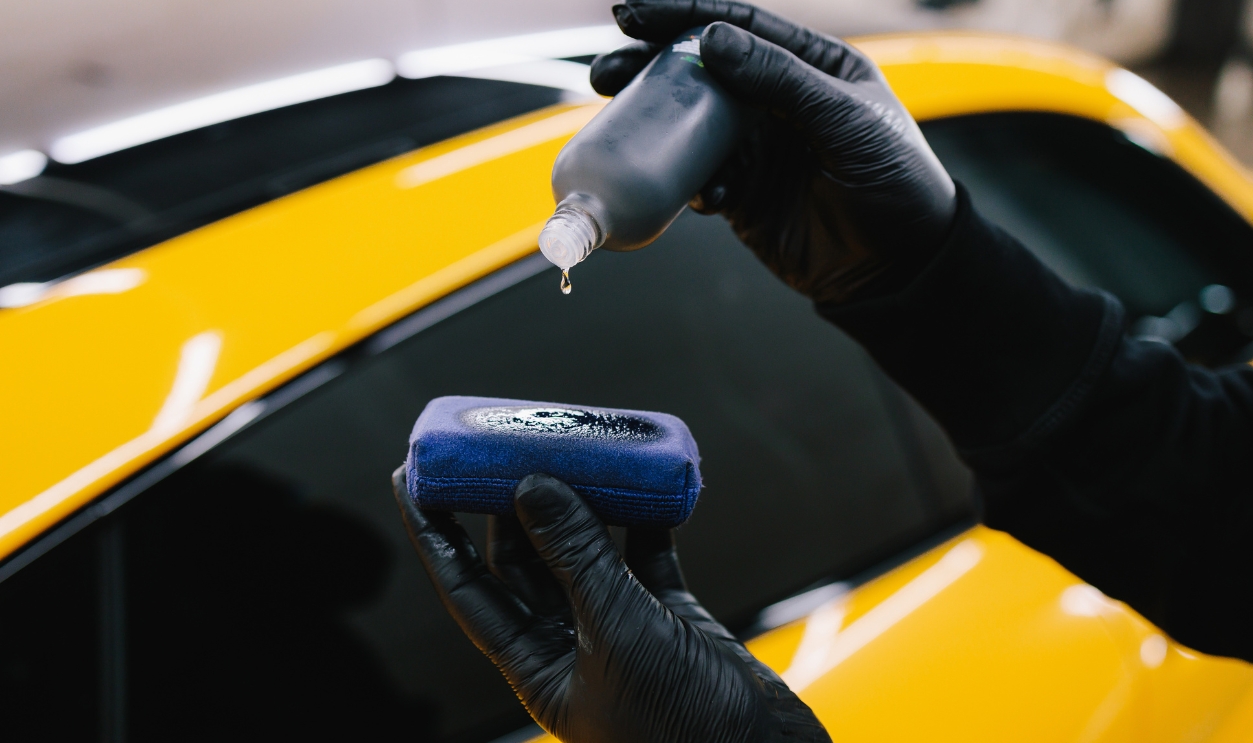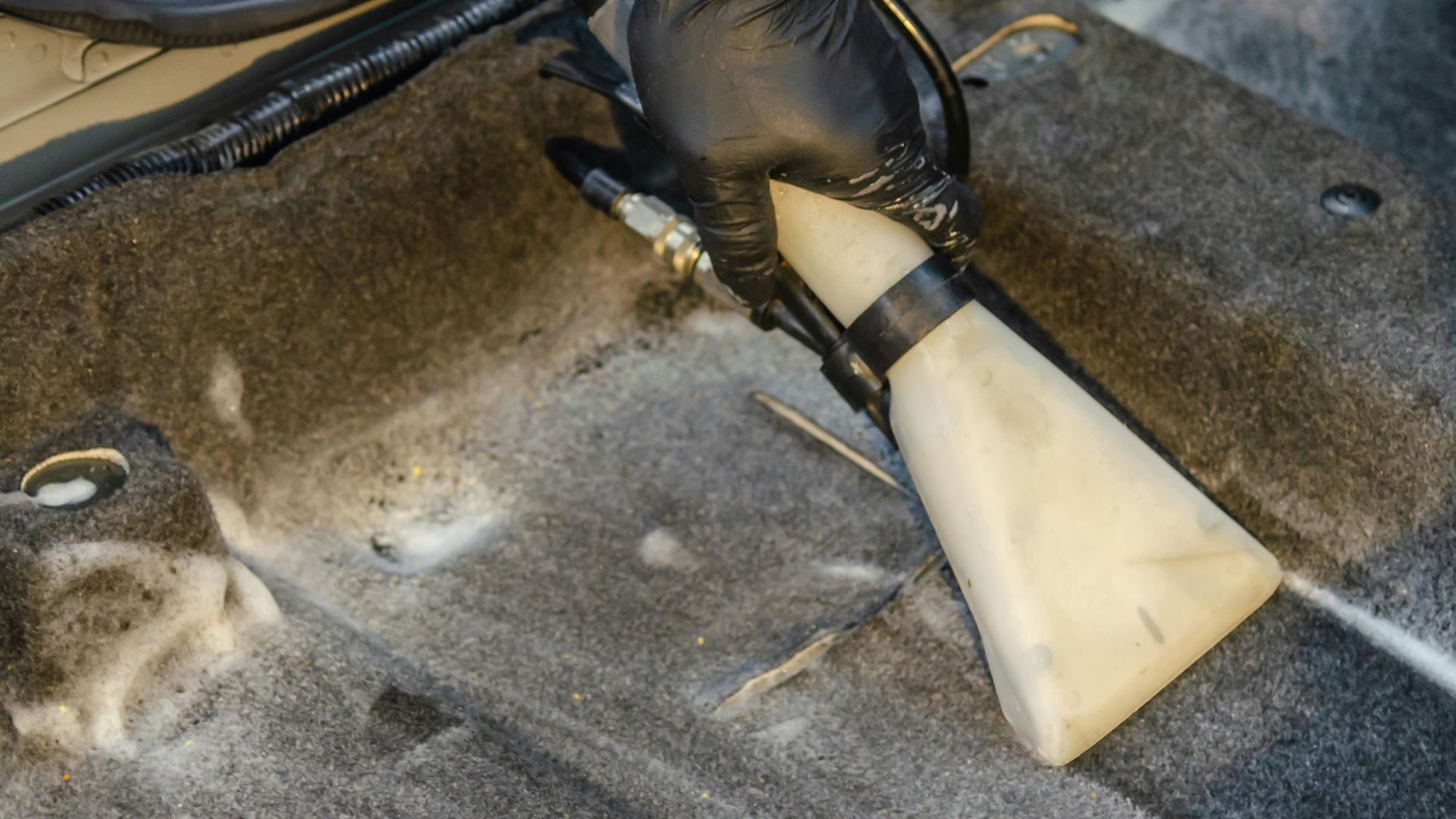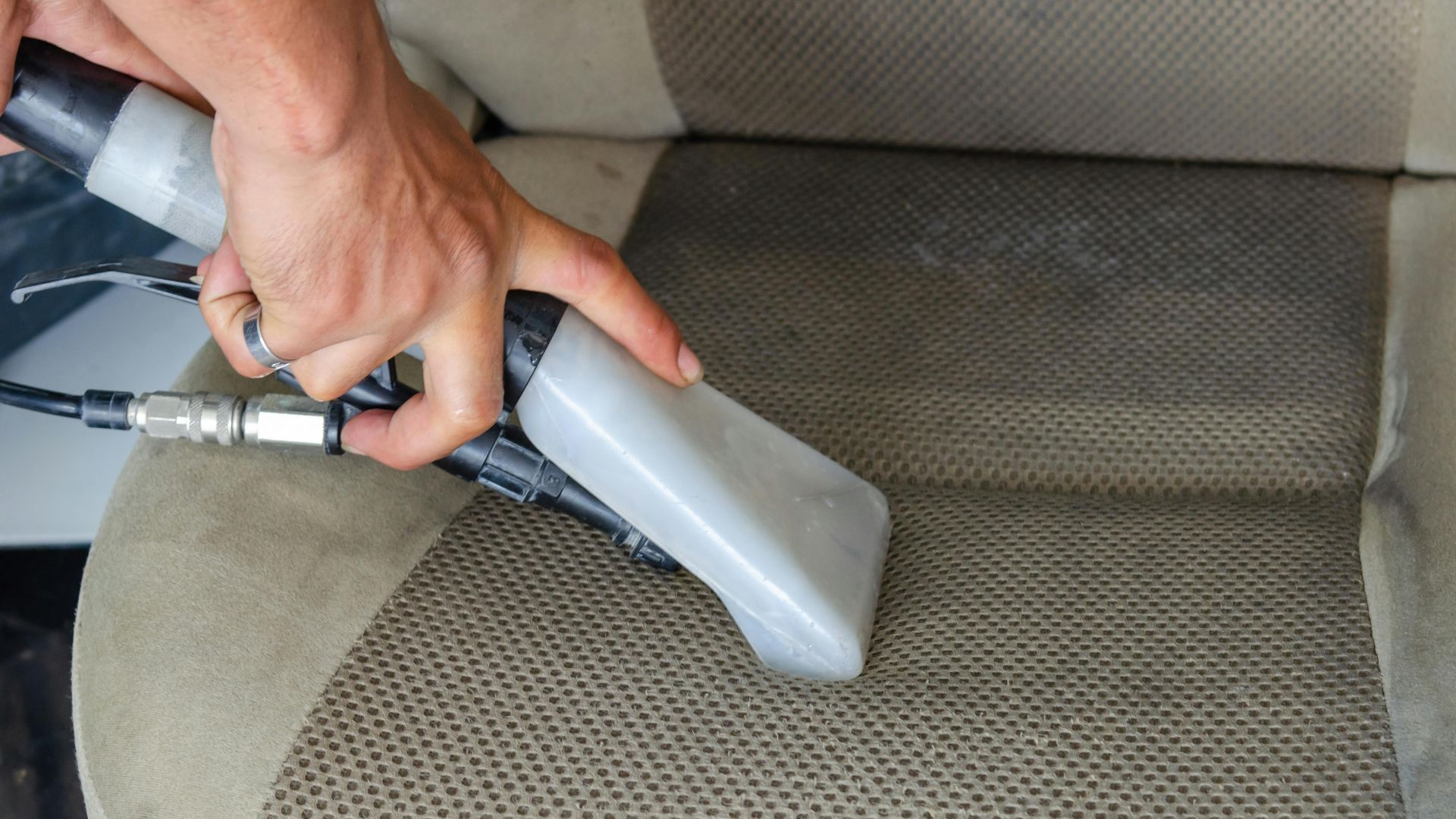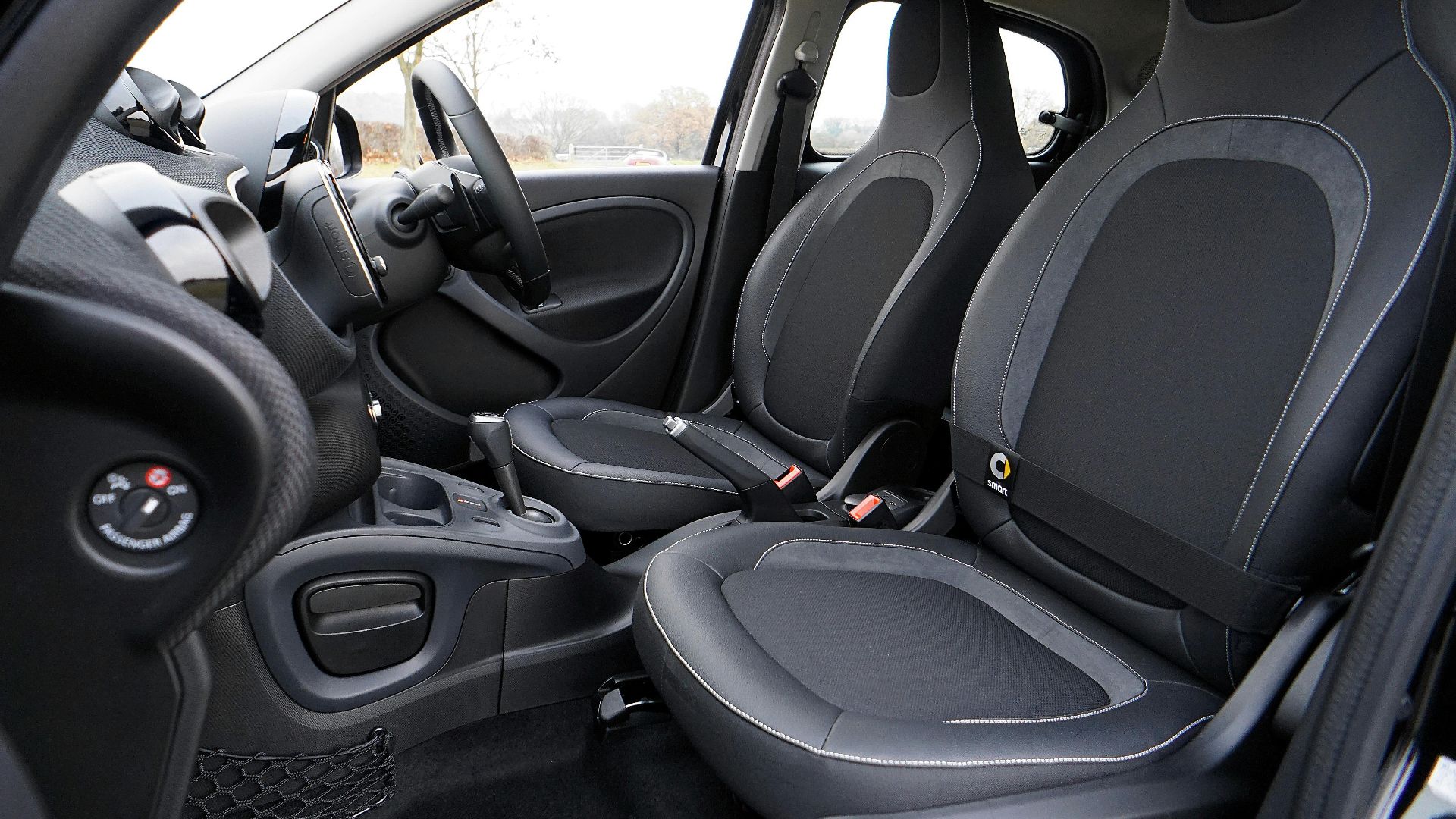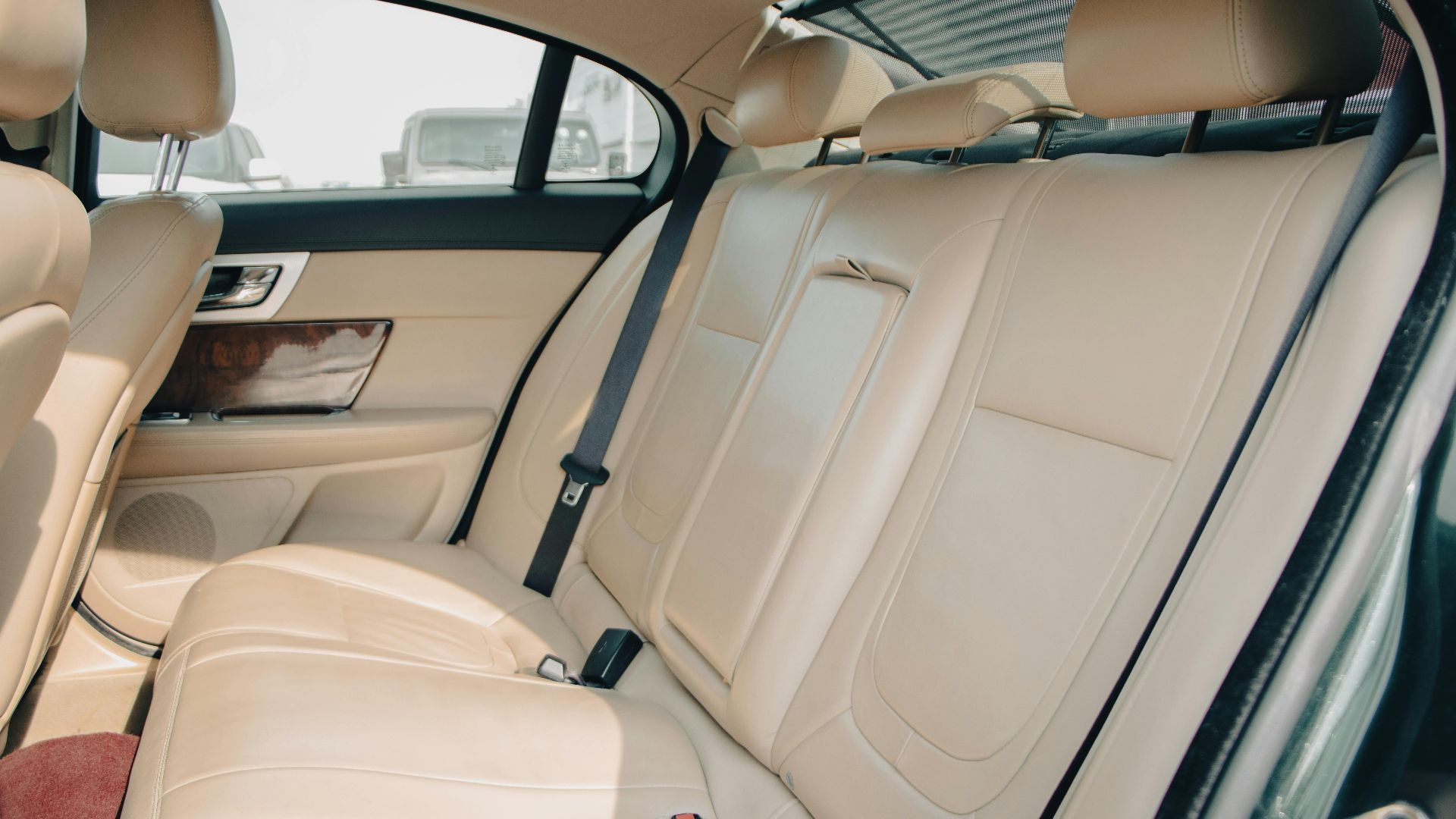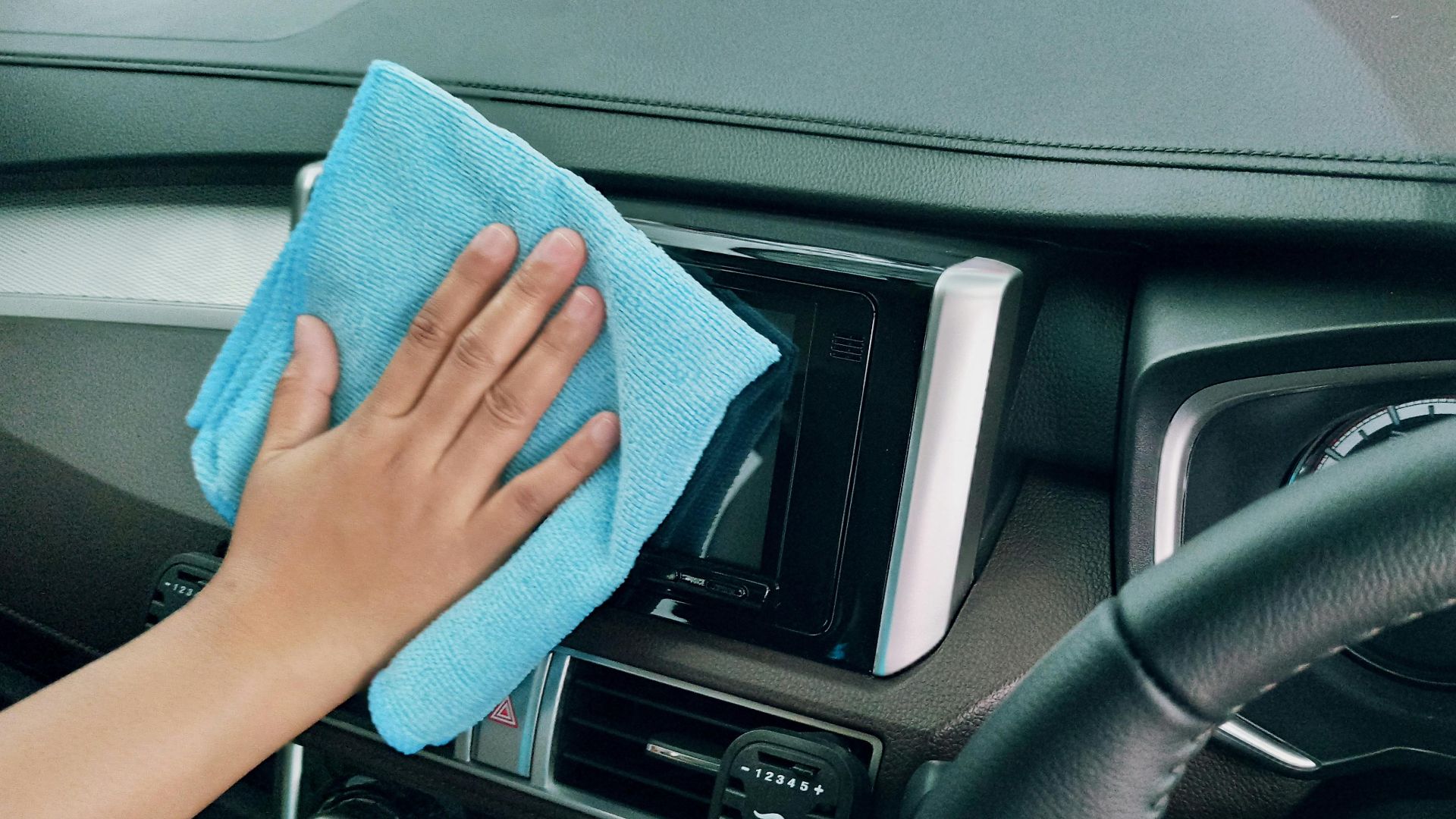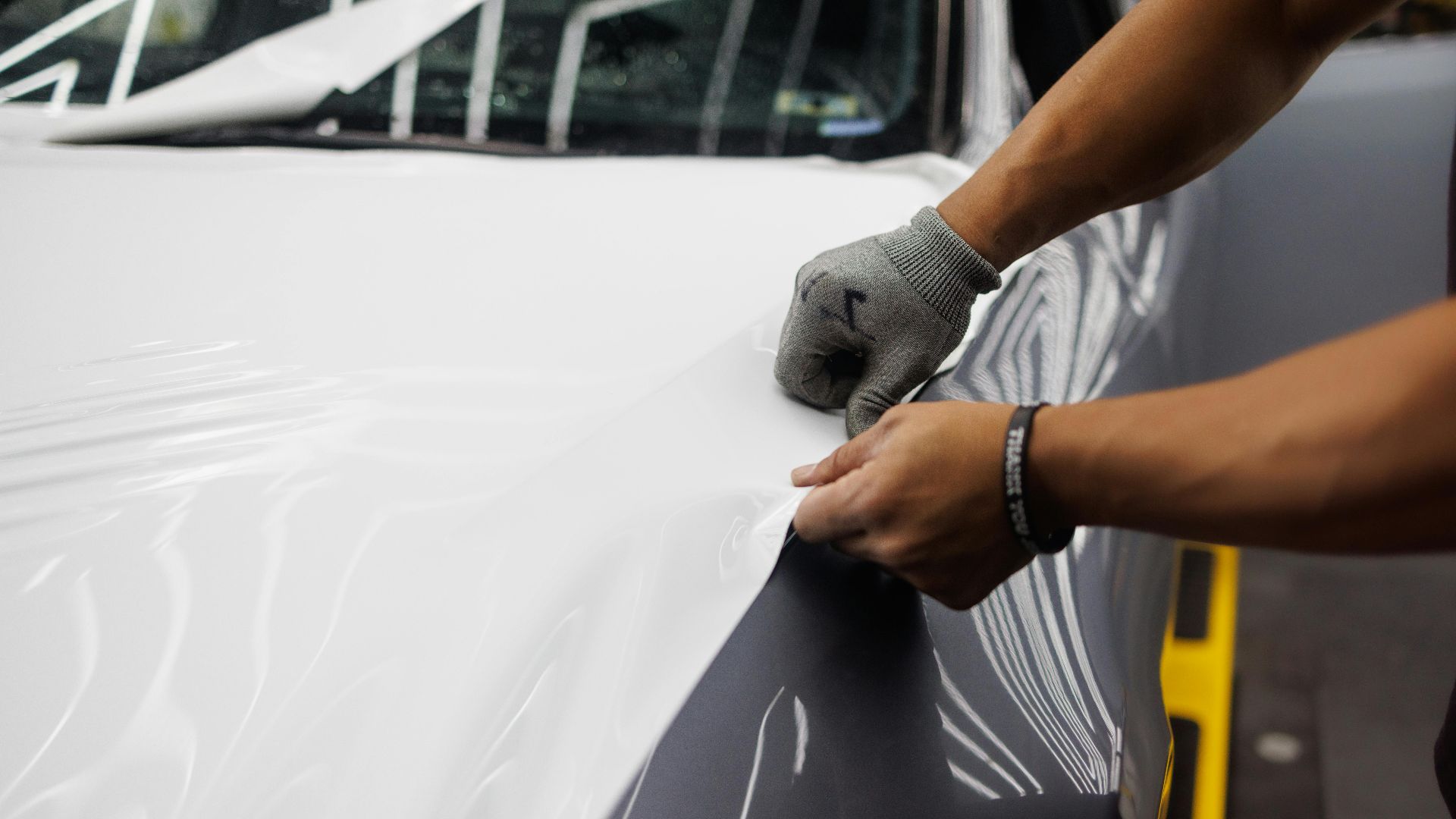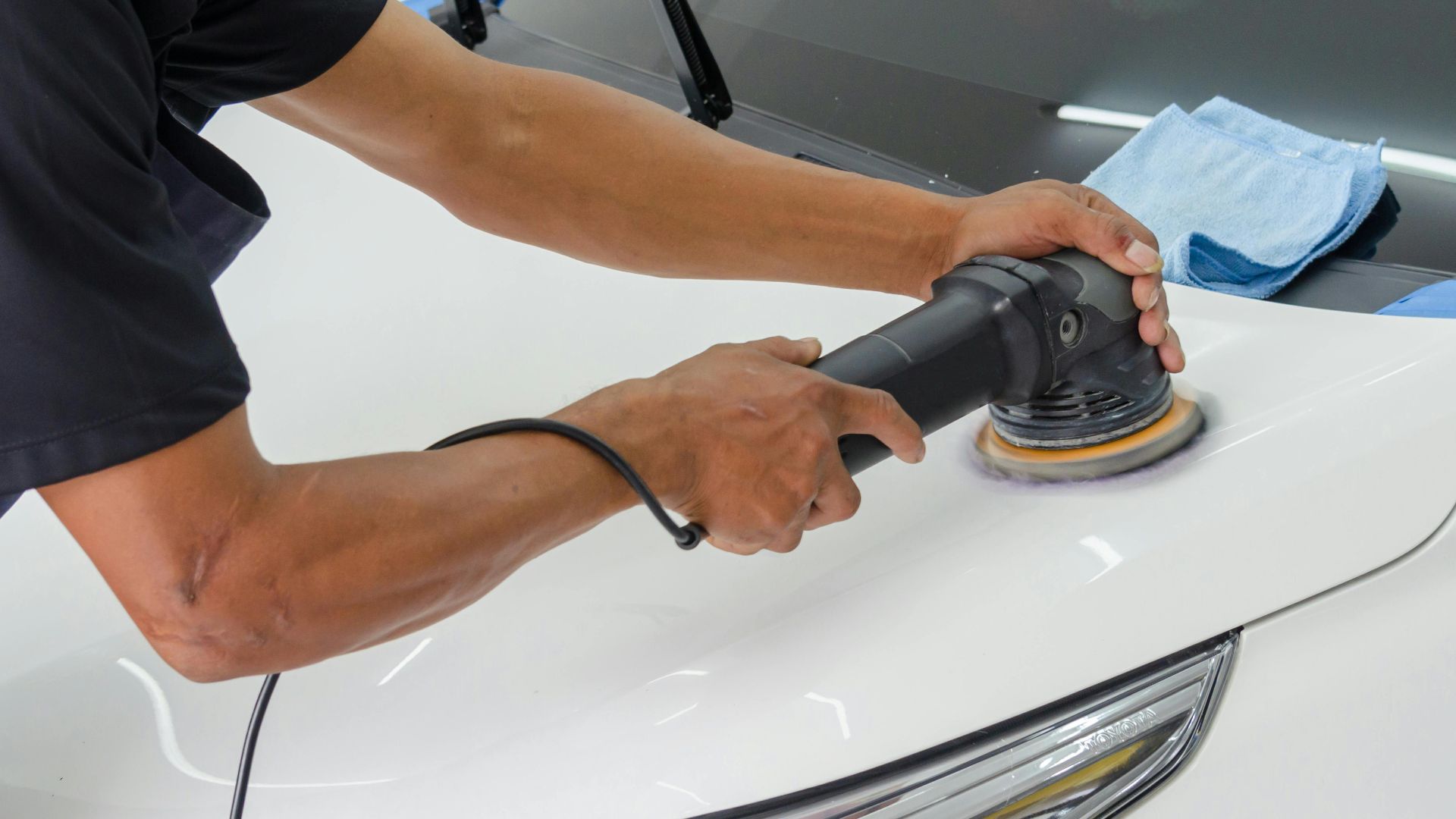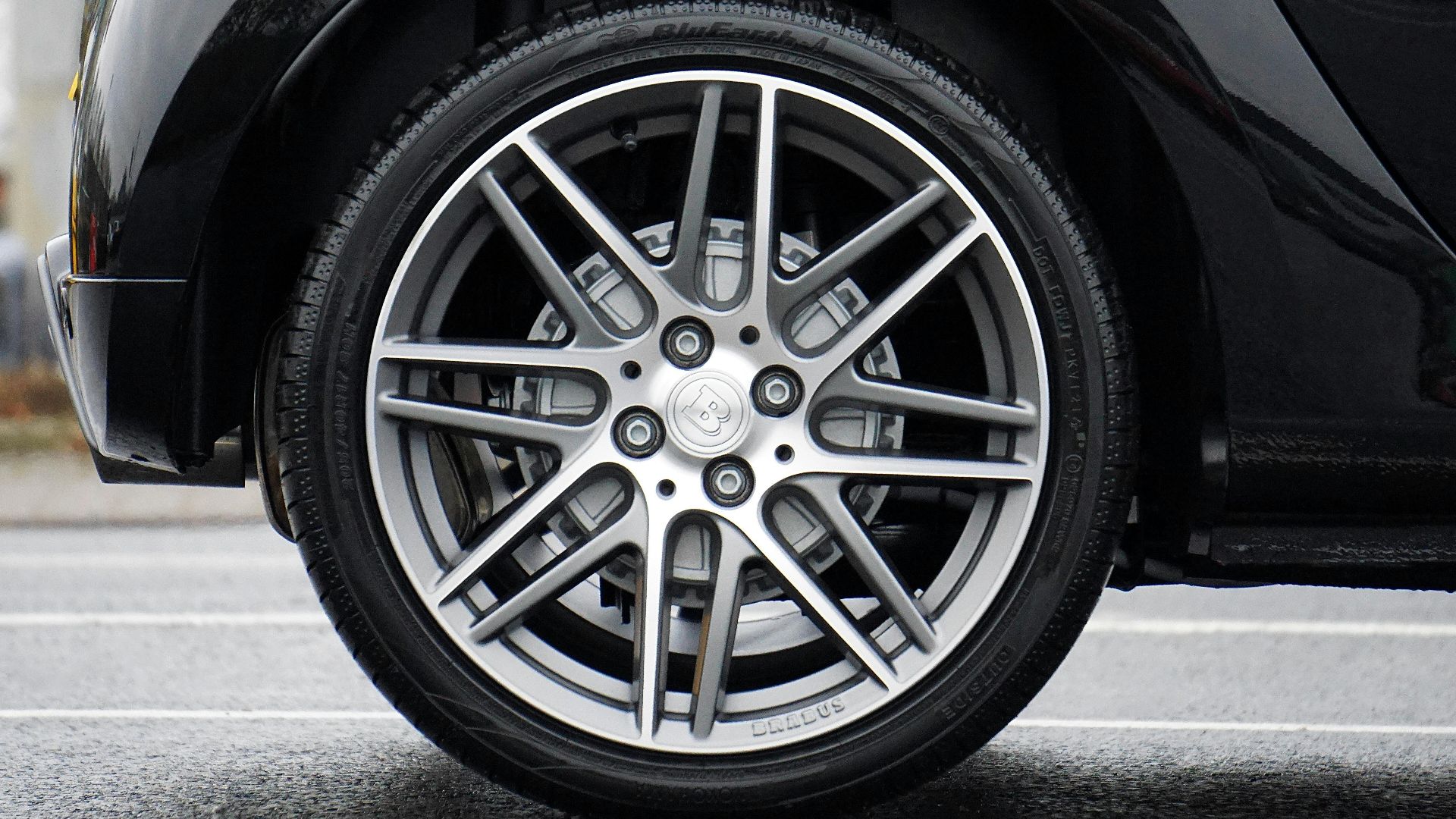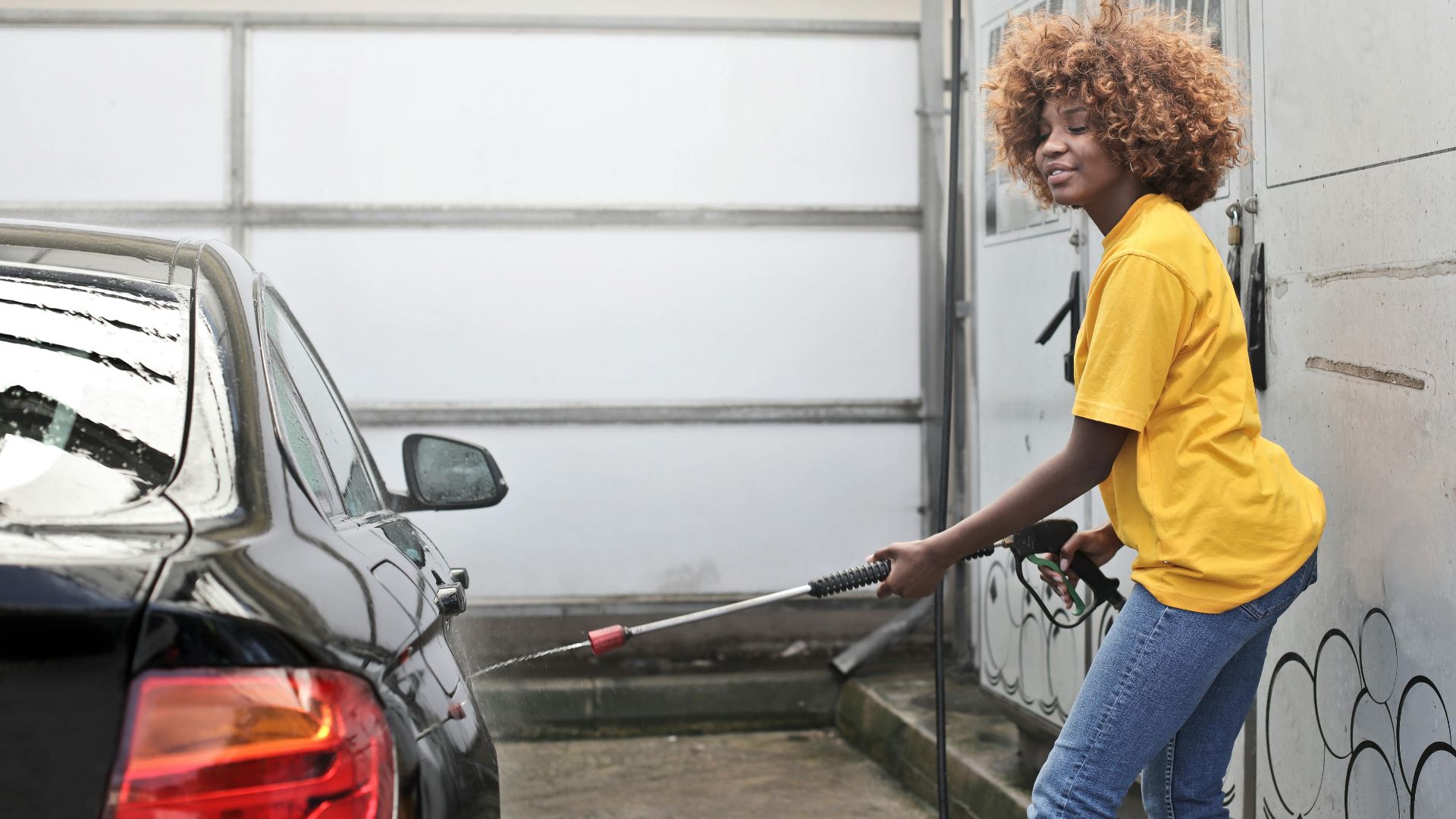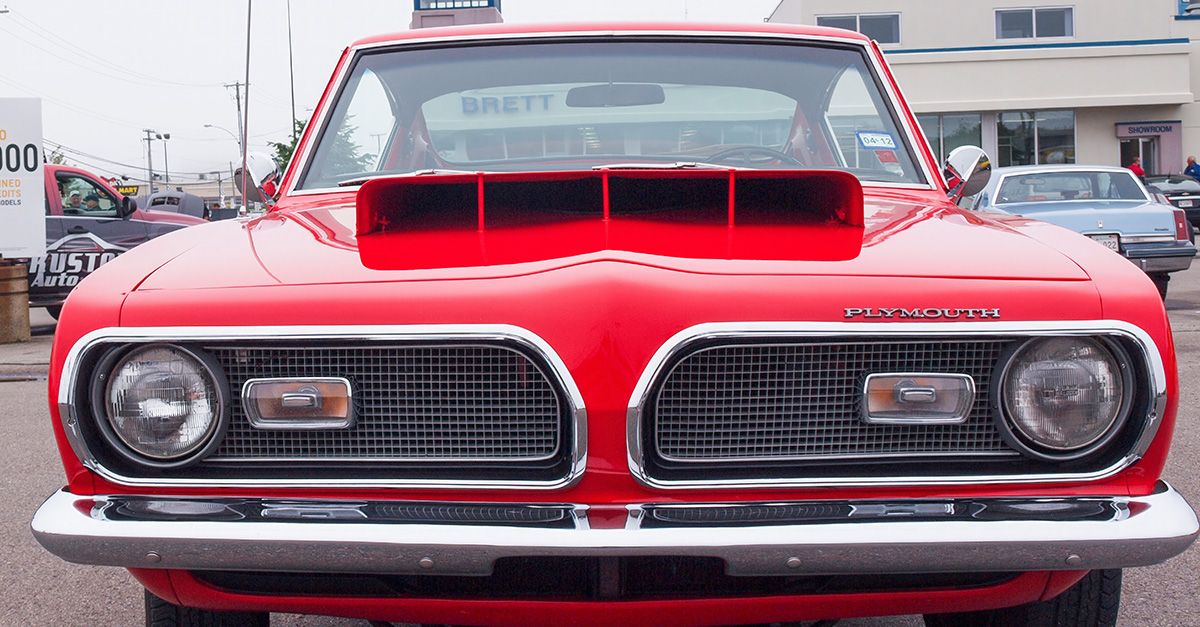Tips Only Pros Know
Plenty of drivers chase that showroom shine, yet the real magic behind a standout finish usually hides in the smallest routines. Professionals know how to bring out depth and longevity in ways most owners never think about.

Always Do A Two-Bucket Wash
Plenty of paint jobs lose their shine because swirl marks sneak in during routine washing. That’s why pros keep one bucket filled with soapy water and another for rinsing the mitt. Separating the grit stops it from circling back across the surface and ruining the finish.
Use Iron Remover
Before any clay touches paint, iron remover steps in to handle the heavy work. Rail dust and brake dust leave tiny metal contaminants buried in clear coat, and this product dissolves them on contact. The purple color shift shows the reaction is working.
Use Foam Cannon
A foam cannon sets the tone before any mitt touches paint. Thick “snow foam” clings to the surface to soften dirt, so it releases with far less pressure. A helpful trick is that you can hook it to a pressure washer to make the soap spread evenly.
Utilize Clay Bars
When paint still feels gritty after washing, the issue usually sits deeper than surface dust. Claying solves it by grabbing onto bonded contaminants and pulling them from the finish, even the microscopic fallout you can’t see. That’s why professionals repeat the process twice a year.
Go For Ceramic Coating
This coating changes how paint behaves under daily exposure by bonding to the surface and resisting pollutants. The hydrophobic layer causes water to roll off instead of clinging. With pH-neutral shampoo maintenance, the protection sticks around for years, well beyond traditional waxes when cared for properly.
Always Use PH-Neutral Shampoo
What touches coated or waxed paint matters. Acidic or alkaline shampoos can strip protective layers. But pH-neutral formulas avoid that problem and still clean effectively. Because they’re gentle enough for frequent use, detailers rely on them to maintain coatings without weakening longevity or shine.
Clean Wheels First
Wheels gather the worst grime, such as abrasive brake dust, road film, and baked-on debris, so they should be handled before the bodywork. Washing them later splashes filth back onto freshly cleaned panels. Many wheel cleaners even break down iron particles with a visible color change.
Go For Detailing Brushes
If you’ve ever wondered why certain spots still look dull after drying, dirt is probably sitting in gaps your towel can’t reach. That’s where detailing brushes step in, sweeping through vents and trim safely so those tight spaces finally get cleared out.
Opt For Multi-Directional Carpet Vacuuming
Those clean-looking carpets often fool you until the vacuum shifts direction and starts lifting what’s been hiding in the fibers. The remedy? Work from multiple angles to release far more debris. You should also use crevice tools to help clear tight spaces under seats and along edges.
Always Choose Steam Cleaning
Stubborn odors and unseen bacteria hide deep in fabric seats, which is where steam earns its reputation. Heat loosens embedded stains and kills germs without chemicals. It also sanitizes high-touch spots like steering wheels and door handles. But there’s a catch: Don’t use it on leather.
Use Compressed Air
Air vents collect dust where fingers and vacuums can’t reach, so compressed air becomes the first move. A few blasts push debris from seams and tight crevices. Once loosened, everything vacuums up cleanly, so the cabin breathes easier and looks sharper.
Choose PH-Balanced Leather Conditioning
Leather softens and lasts longer when treated with products matched to its natural pH. Conditioners designed this way prevent drying and discoloration without harming protective coatings. Light use helps avoid buildup residue, and the balanced formula nourishes the surface.
Apply An Appropriate Fabric Protectant
Freshly cleaned carpets and seats benefit from a barrier that repels spills before they soak in. Fabric protectants create that shield. Many formulas are water-based and safe for automotive fibers, but they need reapplication after deep cleaning to restore full stain resistance.
The Two-Direction Trick For Streak-Free Glass
Cleaning streaks gets easier when the glass is dried in two directions: vertical inside, horizontal outside. Any mark instantly reveals which side needs attention. Ammonia-free cleaners keep tinted windows safe, and the stroke pattern gives each panel a crisp finish.
Polish Headlights And Seal Them Against UV Damage
Over the years, oxidation slowly fogs up headlight lenses and makes night roads harder to see. Polishing clears away that haze, and tougher cases benefit from sanding pads to cut through deeper damage. A UV sealant finishes the restoration by guarding the lens from sun-induced yellowing.
Use Microfiber Towels
Drying might seem simple, yet the wrong material quietly scratches paint. Chamois can trap tiny debris and drag them across the surface. Microfiber avoids that by using split fibers that pull water away cleanly. Detailers even color-code these towels for each part.
Use Masking Tape Before Polishing
Polish can stain plastic trim instantly, which is why detailers tape those areas before starting. Low-tack automotive masking tape protects delicate edges from compounds that might discolor them. With the trim safely covered, machine polishers can work close to corners.
Use Overlapping Passes For Even Polishing
If you’ve seen streaky panels after polishing, it often comes down to gaps between passes. Overlapping each movement fills those gaps and avoids uneven shine. Then, a few more rounds with the same or slightly finer polishes smooth the panel into a clean, uniform correction.
Start With A Panel Wipe
Wax bonds best when the surface is free of oils and residue, which is why a panel wipe is needed first. Alcohol- or solvent-based formulas clear away any leftover residue, creating the clean base wax required. This prep step boosts durability and keeps the protective layer performing at its peak.
Always Use A UV Protectant
Plastic trim ages fast when sunlight bakes it day after day, so UV protectant becomes the quiet hero. Regular applications block damaging rays that cause fading and cracking. Some formulas even revive color and add subtle gloss. Detailers use it under the hood, too.
Go For Thin Wax Layers
Waxing goes smoothly when the layer stays light. Thick coats just smear and stick. Thin, even applications buff off cleaner and let ingredients like carnauba show their warm shine. With the right touch, most hard waxes hold up for a couple of months.
Use Dual-Action Polishers
Paint correction becomes far more manageable when the tool moves safely, and that’s where a dual-action polisher stands out. Its combined motions keep heat under control while still cutting defects. Professionals and newcomers alike change pads and adjust speeds to match whatever each panel requires.
Use Tire Dressing The Right Way
Nothing ruins a fresh detail faster than tire dressing splattered across clean paint. Light application and proper drying prevent that sling. Now, when the formula includes UV protection, the rubber also stands up better to cracking and fading.
Don’t Skip Door Jambs And The Fuel Filler Area
Hidden grime builds up where doors latch and where fuel caps sit, even on well-kept cars. These areas trap moisture and filth that slowly wear down weatherstripping and metal. A little all-purpose cleaner and a microfiber towel can clear the muck.
Use Quick Detailer Spray
When a car just needs a quick refresh between washes, the detailer spray comes into play. It lifts fingerprints and light dust without harming waxed or coated surfaces. Synthetic polymers boost gloss and slickness. And for this reason, it’s the go-to for keeping shine alive without a full cleaning session.

